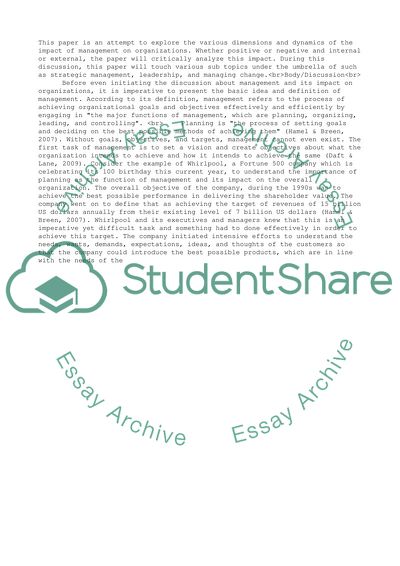Cite this document
(“Impact of Management on Organizations Term Paper”, n.d.)
Retrieved from https://studentshare.org/management/1427387-management-yt-how-it-can-affect-an-organization
Retrieved from https://studentshare.org/management/1427387-management-yt-how-it-can-affect-an-organization
(Impact of Management on Organizations Term Paper)
https://studentshare.org/management/1427387-management-yt-how-it-can-affect-an-organization.
https://studentshare.org/management/1427387-management-yt-how-it-can-affect-an-organization.
“Impact of Management on Organizations Term Paper”, n.d. https://studentshare.org/management/1427387-management-yt-how-it-can-affect-an-organization.


